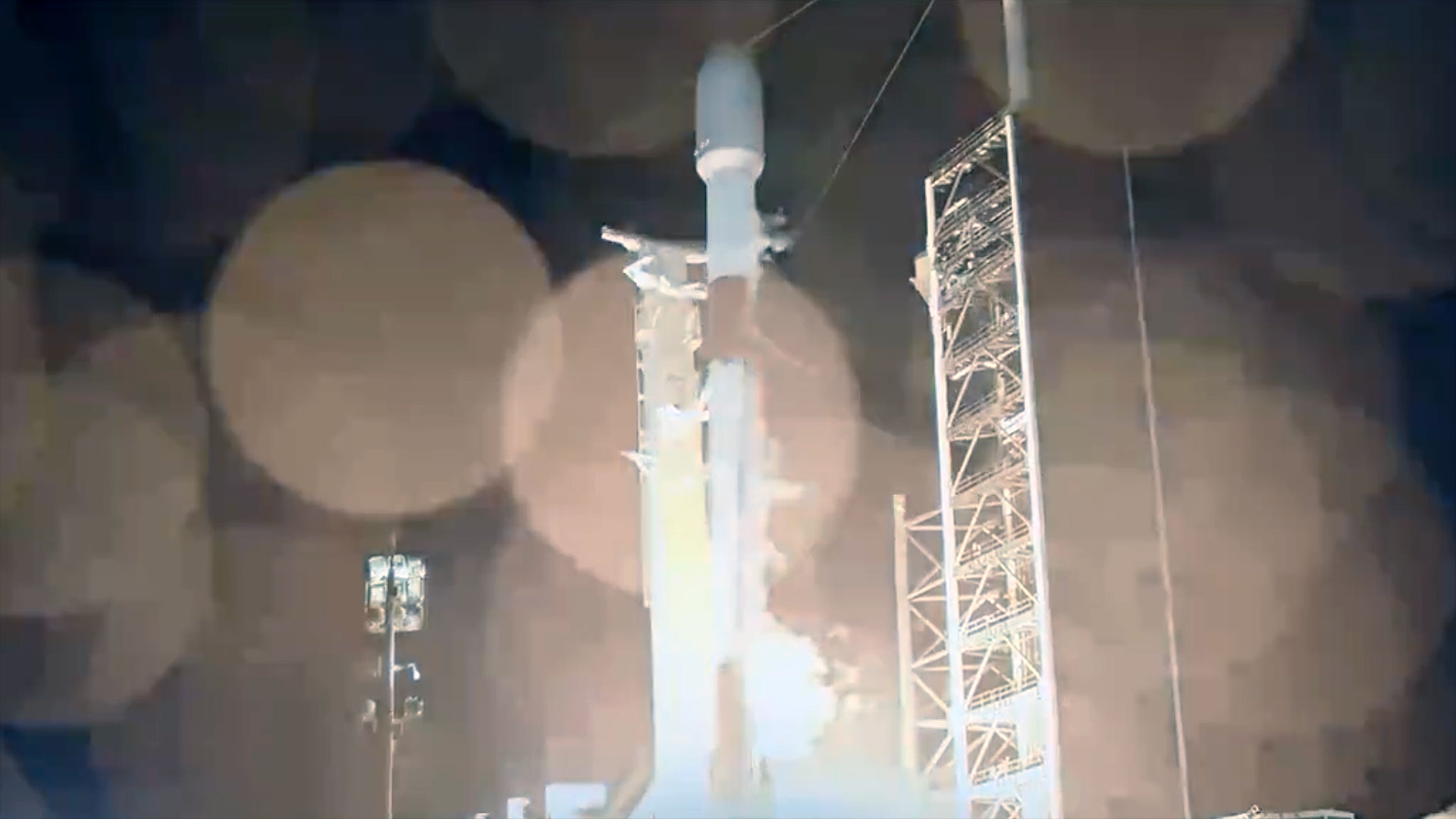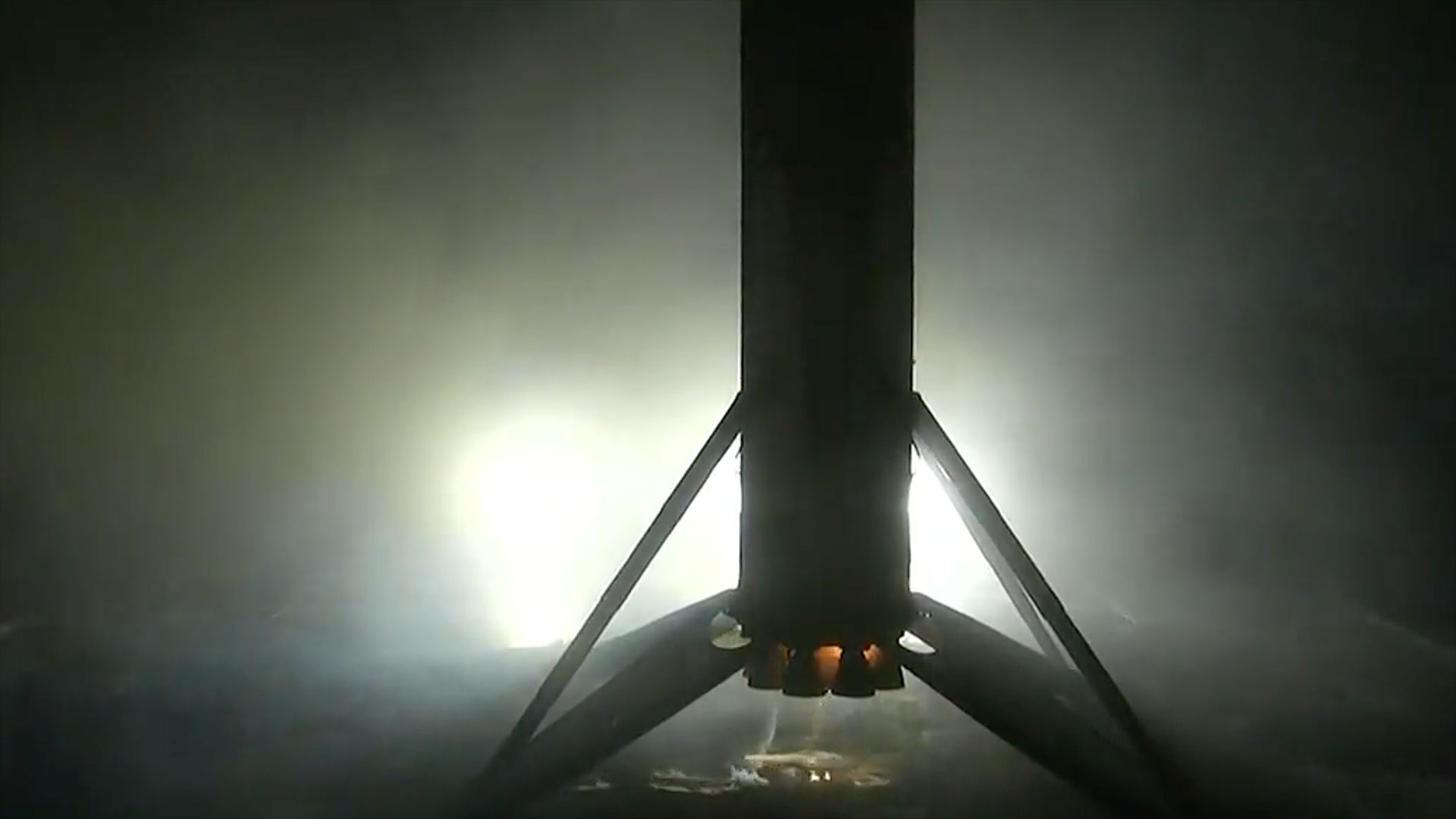The SpaceX launches just keep on coming.
A Falcon 9 rocket launched 23 more of SpaceX's Starlink internet satellites from NASA's Kennedy Space Center in Florida on Thursday (May 23), at 10:45 p.m. EDT (0245 GMT on May 24). It was the third mission in the past two days for the company.
Related: Starlink satellite train: How to see and track it in the night sky

The Falcon 9's first stage came back to Earth about 8 minutes after launch. It made a powered, vertical touchdown on the droneship "Just Read the Instructions," which was stationed in the Atlantic Ocean.
It was the 13th launch and landing for this particular first stage, according to a SpaceX mission description. Half of its 12 flights to date have been Starlink missions.
The Falcon 9's upper stage, meanwhile, carried the 23 Starlink satellites to low Earth orbit (LEO), where they were set to be deployed about 65 minutes after liftoff.

Thursday night's action came on the heels of a SpaceX doubleheader. On Wednesday (May 22), the company launched the NROL-146 mission for the U.S. National Reconnaissance Office from California and a batch of Starlink satellites from Florida's Space Coast.
Get the Space.com Newsletter
Breaking space news, the latest updates on rocket launches, skywatching events and more!
SpaceX has now launched 52 orbital missions this year, 36 of which have been dedicated to building out the Starlink megaconstellation.
Join our Space Forums to keep talking space on the latest missions, night sky and more! And if you have a news tip, correction or comment, let us know at: community@space.com.

Michael Wall is a Senior Space Writer with Space.com and joined the team in 2010. He primarily covers exoplanets, spaceflight and military space, but has been known to dabble in the space art beat. His book about the search for alien life, "Out There," was published on Nov. 13, 2018. Before becoming a science writer, Michael worked as a herpetologist and wildlife biologist. He has a Ph.D. in evolutionary biology from the University of Sydney, Australia, a bachelor's degree from the University of Arizona, and a graduate certificate in science writing from the University of California, Santa Cruz. To find out what his latest project is, you can follow Michael on Twitter.
